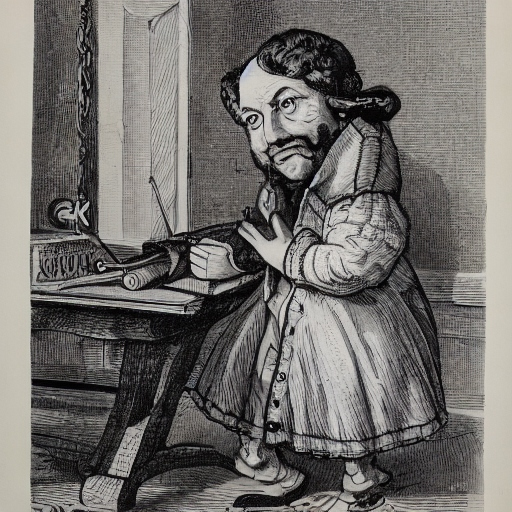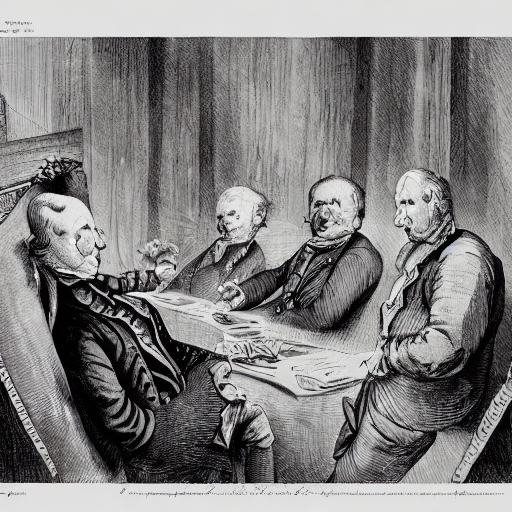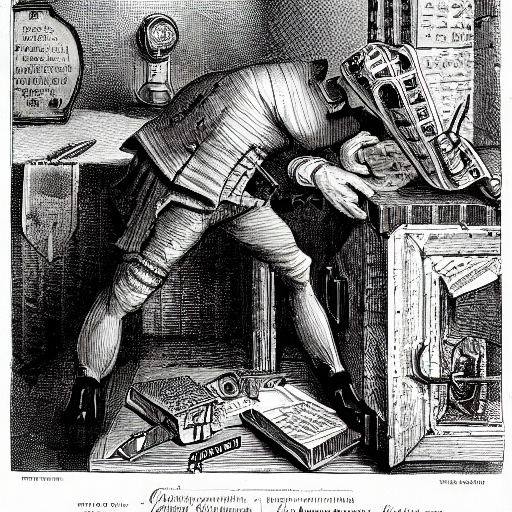Welcome back to our “Crypto Math Series,” where we embark on a thrilling journey through the intricate world of cryptography. In this episode, we unveil not one but two cryptographic enigmas: the Knapsack Problem and the Zero-Knowledge Proof Problems. These puzzles, born from different eras, now stand as guardians of secure communication. Join us as we explore their historical significance, cryptographic synergy, brilliant minds behind their discoveries, resolution techniques, and real-world scenarios where attacks are thwarted with the aid of specialized tools and vendors. 🚀🎒🔢🔒🤫
The Dance of Secure Packing: The Knapsack Problem
A 19th Century Enigma
Our journey begins in the 19th century when the Knapsack Problem emerged as a combinatorial optimization puzzle. Imagine being tasked with selecting a combination of items of varying weights, each with a unique value, to fit into a knapsack with a maximum weight limit. The challenge? Maximize the total value while adhering to the weight constraint.
Correlation with Cryptography
The Knapsack Problem found its way into the realm of cryptography when Ralph C. Merkle and Whitfield Diffie recognized its potential for secure key exchange. Their work laid the foundation for public-key cryptography, where the problem’s inherent complexity forms the basis of encryption.
Techniques to Resolve the Knapsack Problem
Solving the Knapsack Problem relies on the “meet-in-the-middle” technique. However, finding the solution to a superincreasing knapsack problem remains computationally infeasible, ensuring its security in cryptographic applications.
Real-World Attack Scenarios
In real-world scenarios, attackers may attempt brute force or cryptanalysis to decipher superincreasing knapsacks. Employing long superincreasing sequences and proper encryption methods becomes crucial to counter these threats.
Tools and Vendors: Network Protection
To protect against attacks, network administrators employ specialized tools and vendors offering intrusion detection systems (IDS) and intrusion prevention systems (IPS). These systems monitor network traffic, detect anomalies, and take proactive measures to safeguard against potential threats.
Safely Sharing Secrets: Zero-Knowledge Proof Problems
The Quest for Secure Verification
As digital transactions and interactions surged, the need for secure verification methods became paramount. Cryptographers and computer scientists embarked on a quest to design systems where one party could prove knowledge of a secret to another party without disclosing the secret itself. This gave birth to Zero-Knowledge Proof Problems.
The Rise of Zero-Knowledge Proof Problems
In the 1980s, Shafi Goldwasser, Silvio Micali, and Charles Rackoff laid the foundations of Zero-Knowledge Proofs. Their groundbreaking work introduced the concept of interactive proofs with zero knowledge.
When and Where Zero-Knowledge Proof Problems Arise
Zero-Knowledge Proofs play a pivotal role in secure authentication and blockchain technology, enabling users to prove ownership of assets without revealing sensitive information.
Malicious Intermediaries: The Threat
Malicious intermediaries can exploit vulnerabilities in communication channels, intercepting data and posing as both parties involved. This threatens the integrity of secure transactions.
Detecting and Resolving Zero-Knowledge Proof Problems
Detecting Zero-Knowledge Proof Problems requires vigilance in securing communication channels. Employing encryption, secure protocols, and blockchain technology can mitigate these threats.
Python Simulation: Zero-Knowledge Proof Scenario
Let’s simulate a Zero-Knowledge Proof scenario using Python:
import random
def zero_knowledge_proof(secret, guess):
r = random.randint(1, 100) # Random number
commitment = (secret + r) % 100 # Commitment
challenge = random.randint(0, 1) # Verifier's challenge (0 or 1)
if challenge == 0:
response = r
else:
response = (guess - r) % 100
if (secret + response) % 100 == commitment:
return True
else:
return False
# Simulate a Zero-Knowledge Proof
secret = 42
guess = 33
result = zero_knowledge_proof(secret, guess)
print("Zero-Knowledge Proof Result:", result)
Conclusion
The Knapsack Problem and Zero-Knowledge Proof Problems, once enigmas of their respective eras, now stand as guardians of secure communication in the digital age. By understanding their historical roots, cryptographic significance, resolution techniques, real-world attack scenarios, and the role of tools and vendors in network protection, we embrace the complexities of securing our digital world.
In our next episode, we’ll continue our exploration of cryptographic wonders. Until then, keep your secrets safe, pack securely, and embark on the journey of secure verification! 🌐🎒🔢🤫🔒
Stay tuned for the next thrilling chapter in our “Crypto Math Series”! 🚀🔢🔐

 Cracking the Code: The Power of Elliptic Curve Discrete Logarithm Problem (ECDLP) 🔄🔐
Cracking the Code: The Power of Elliptic Curve Discrete Logarithm Problem (ECDLP) 🔄🔐